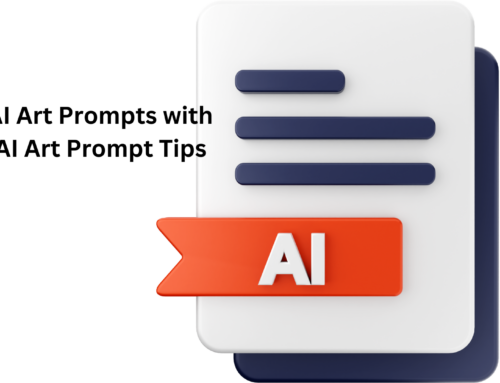
What is Stable Diffusion?
Stable Diffusion is a machine-learning model that converts text into high-resolution, realistic images. It allows users to create artwork, allowing creatives to generate more ideas quickly. It is also suitable for inpainting and outpainting.
Diffusion models, developed in collaboration with Stability AI, Runway, and LMU Munich’s CompVis group, generate data that resembles the data on which they were trained, writes Medium.
Stable Diffusion operates by introducing noise into an image. The model then reverses the noise removal process and gradually improves the image quality until there is no noise, resulting in a realistic image that matches the text prompt.
Stable Diffusion Parameters
Stable Diffusion parameters govern how images are generated, allowing you to tailor the results to your tastes.
The default values are usually adequate, but you can change them if necessary. Some parameters have little effect, while others can cause the generation to take much longer and cost significantly more.
It is critical to comprehend the effect each parameter has on the generated images and the generation time/cost.
How to use guidance scale in Stable Diffusion
Simply put, the guidance scale (also known as cfg – classifier free guidance) is a parameter that governs how closely the image generation process adheres to the text prompt. The greater the value, the more the image adheres to a given text input.
However, this does not imply that the value should always be set to the highest possible value, as more guidance means less diversity and quality.
The appropriate value is determined by your desired outcomes as well as the complexity of the text prompt. The choice is yours, but it’s always a good idea to experiment with different scales to see if more creative or strictly adhering to the prompt results is better for your use case.
If you want to generate an image with more tiny details than the prompt specifies, you can start with a higher guidance scale between 12 and 19.
What’s new with Stable Diffusion?
1. Better scaling
Stable Diffusion differs from previous diffusion modeling methodologies because it can scale much more quickly. Earlier related works, such as GAN-based methods or pure transformer approaches, necessitate heavy spatial downsampling in the latent space to reduce the dimensionality of the data. Because Diffusion Models already provide excellent inductive biases for spatial data, the effect of downsampling the latent space being removed is insignificant to our final output quality.
This allows for two extensions of the model’s capabilities: working on a compression level that provides more faithful and detailed reconstructions than previous work and working efficiently for the high-resolution synthesis of large images.
2. Lower cost to run training and inference
Stable Diffusion has a lower computational cost than other SOTA competitor frameworks. Compared to other methods, the authors demonstrated competitive performance levels for inpainting, unconditional image synthesis, and stochastic super-resolution generation tasks. Compared to pixel-based diffusion approaches, they were also able to reduce the inference cost significantly.
We hope our guide helped you understand the guidance scale parameter in Stable Diffusion and that you’ll use what you’ve learned.
Airbrush
If you want to create high-quality images, look no further than Airbrush. Airbrush offers a wide range of images that can be used in various projects, including advertisements, websites, and presentations. Airbrush provides a range of pricing options to help you find the ideal image for your project. You can also use keywords or tags to find the right image and save your favorites for quick and easy access.
Airbrush can help you with four major issues
- Spend less money: Create your stock images to save time and money.
- Apply anywhere: Make your home or office computer produce professional-looking results.
- Professional: Without the need for a photo shoot, you can get the professional-quality images you require.
- Simple to use: Using Airbrush’s simple interface, you can create photos, illustrations, and art.






Leave A Comment